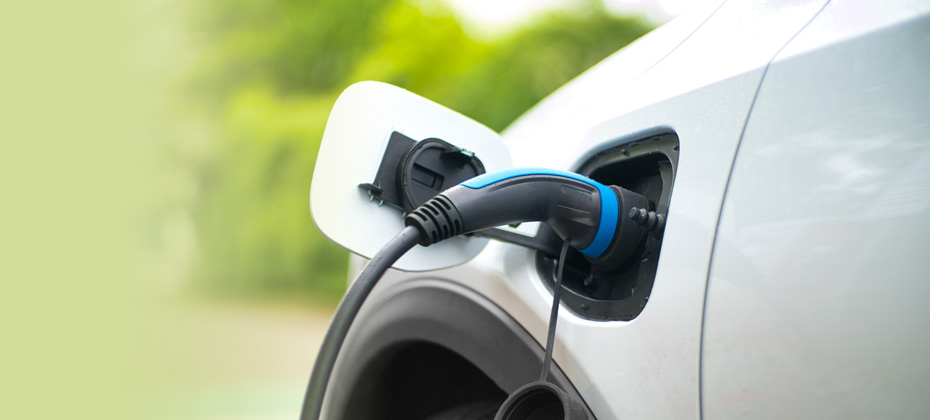If there’s one thing this year’s NADA Show demonstrated, it’s that the industry is hyper-focused on electric vehicles (EVs). As new models are introduced to the market—with many more to come—and more states installing charging stations, it’s no surprise that EVs were top of mind.
To help the industry better understand the widespread growth, ahead of the show we compiled an Auto Finance Year-in-Review report to break down all things EV—from financing trends to vehicle segments and more.
In 2022, EVs comprised 5.32% of new vehicle financing, marking a notable increase compared to 3.09% in 2021, 1.69% in 2020, and 1.46% in 2019.
As EVs continue to build influence in the automotive industry, it’s important for professionals to understand trends that will enable them to plan for the future.
EV pricing is on the rise
Taking a deeper dive into the average price for both new and used EVs, the data continues to show the average loan amount is typically higher than other fuel types.
In 2022, the average loan amount for a new EV was $55,865, up from $48,190 in 2021. On the used side, the average loan amount increased from $41,482 to $53,367 year-over-year.
When comparing the average monthly payments between EVs and other fuel types—such as gasoline—there is a noteworthy difference. In 2022, the average monthly payment was $869 for a new EV and $792 for used. In comparison, the average monthly payment for a gasoline vehicle came in at $659 for new and $511 for used.
Banks lead in EV financing
While lenders navigate their way through the EV space, banks are currently leading in EV financing, despite other lenders such as credit unions offering longer terms for used EVs and lower interest rates for both new and used.
It’s important to note that banks comprised 27.32% of the total market share in vehicle financing in Q3 2022, just behind credit unions, who currently hold the largest share at 28.44%.
In 2022, credit unions offered notably lower rates for EVs, coming in at 3.49% for new and 4.48% for used. In comparison, banks offered 4.03% for new and 4.81% for used and captives were at 3.99% for new and 7.37% for used.
Though, banks had slightly longer terms for new EVs in 2022, credit unions had longer terms for used. Last year, banks gave consumers 68.65 months for new and 70.57 months for used and credit unions offered 68.61 months for new and 72.04 months for used. Meanwhile, captives had 64.91 months for new and 68.87 months for used.
While it’s no surprise credit unions are offering considerably lower rates and longer terms for used EVs—as they typically focus on the used vehicle space—it can be beneficial for all lenders to utilize this data in order to create more opportunities to gain additional market share as a whole.
As the EV market continues to grow, understanding the ongoing trends will enable automotive professionals to plan effectively and efficiently when assisting consumers in finding a vehicle that fits their lifestyle.
To learn more about current EV trends, view the full Auto Finance Year-in-Review presentation on demand.



